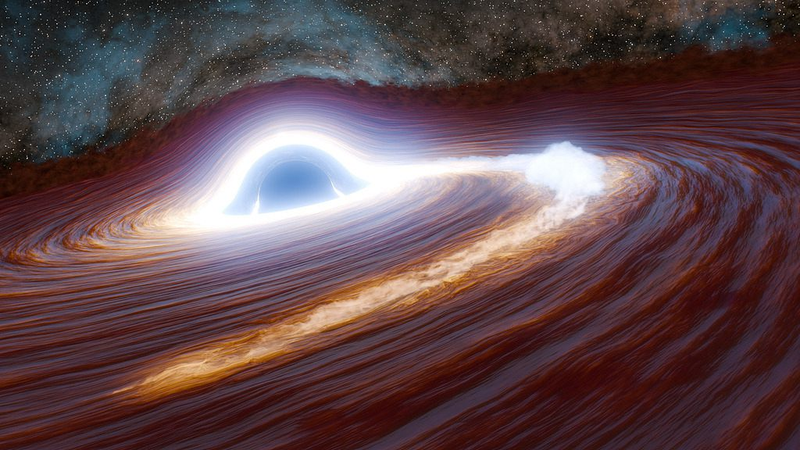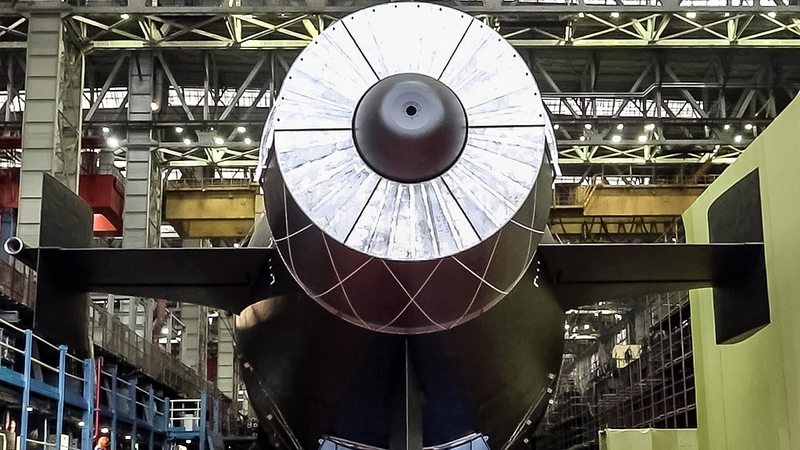Imagine a cosmic drama worthy of Hollywood: a supermassive black hole went full-on gourmet, shredding a star at least 30 times heavier than our sun. The result? The brightest flare ever observed – 10 trillion times brighter than the sun at its peak! 😲
Located in a galaxy about 11 billion light-years from Earth, this beast is about 300 million times the mass of our sun – way more massive than the one chilling at the center of the Milky Way. When the doomed star strayed too close, gravity turned it into a long, thin stream of gas in a process astronomers call 'spaghettification.' 🍝
Caltech astronomer Matthew Graham and his team explain that a close encounter or collision likely knocked the star into a more elliptical orbit. At its closest pass, the star hit the black hole's point of no return, and the big show began.
As the star's material spiraled inward, it heated up and shone in a record-setting flare. The burst peaked in June 2018, glowing 30 times brighter than any previous black hole flare and still fading after a decade-long cosmic light show.
Massive stars like this one are super rare – they burn fast and die young. But near a supermassive black hole, stars can bulk up by grabbing nearby gas and dust, creating these unusual heavyweights.
Astronomers used telescopes across California, Arizona, and Hawaii to track the event. They ruled out other ideas – like supernova explosions or jets – from matching the unique data fingerprint of this tidal disruption event. ✔️
This incredible sight is more than eye candy; it is a peek into the universe's past. Since we are looking 11 billion light-years away, we are also peeking 11 billion years back in time. How cool is that? 🌌
As the flare dims over the next few years, scientists will keep watching, hoping to learn more about how supermassive black holes grow and feast. Stay tuned for more cosmic revelations! 🚀
Reference(s):
Star-eating black hole unleashes record-setting energetic flare
cgtn.com




